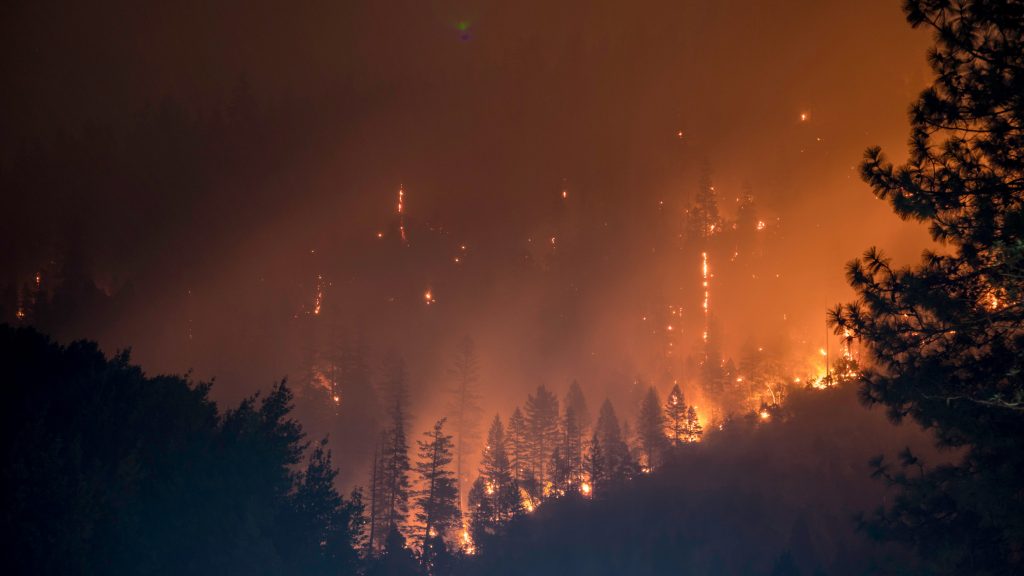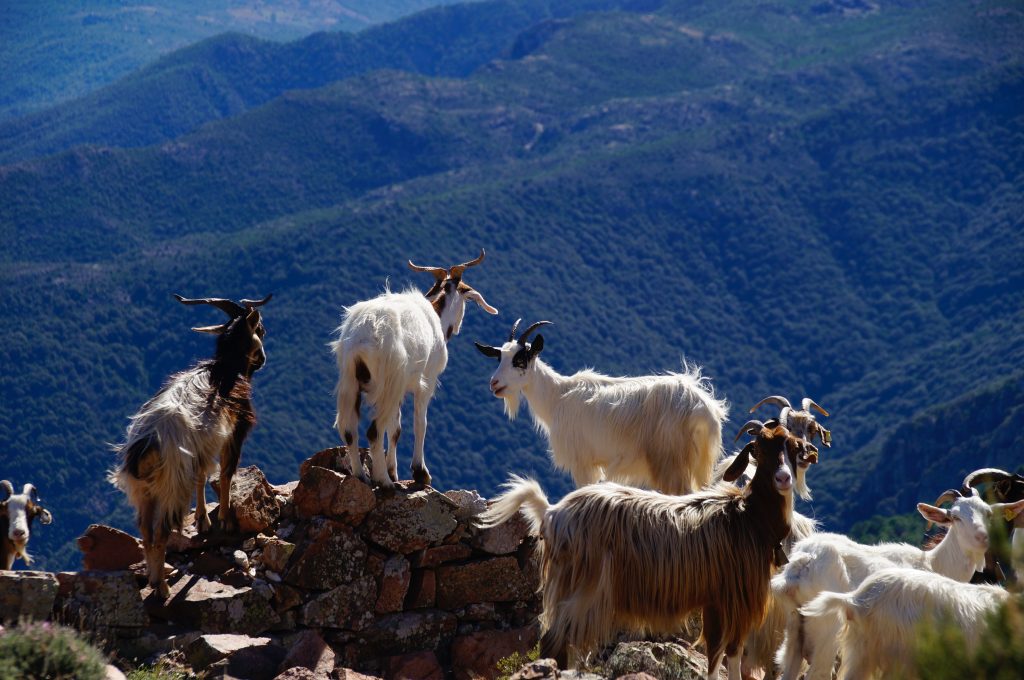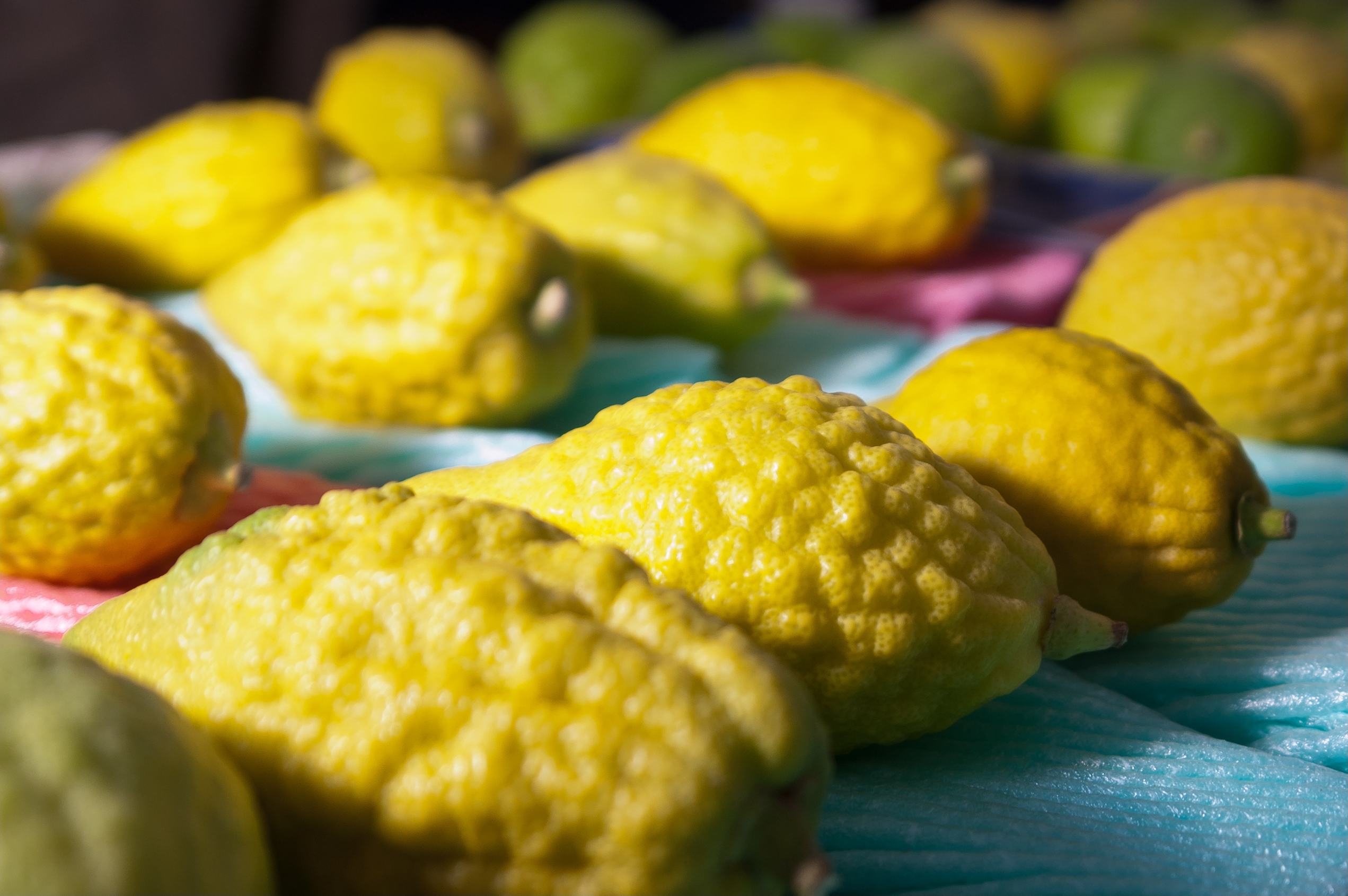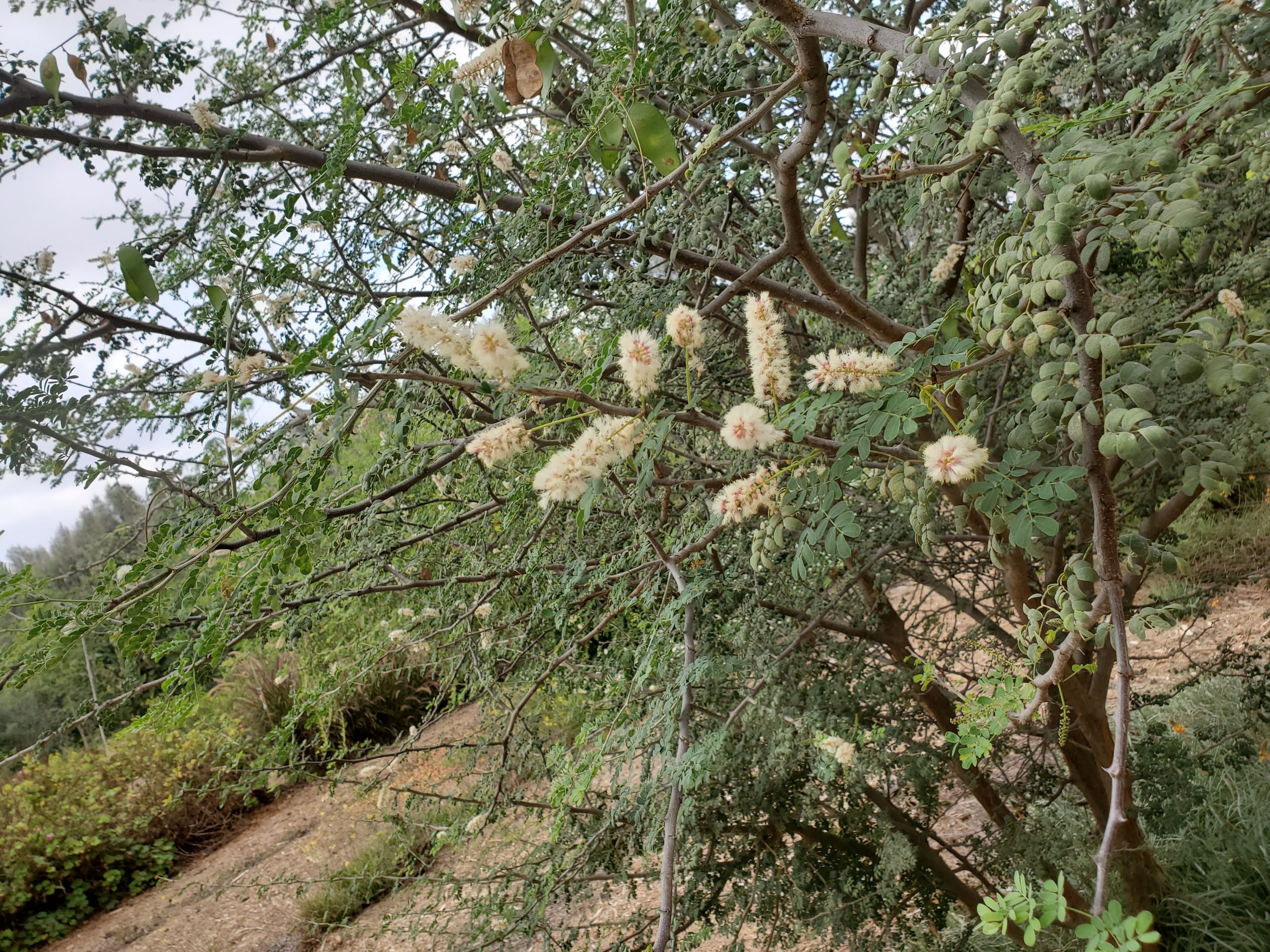Goats Against Fires
July 2, 2020Sometimes complex problems require creative solutions. An excellent example of this is the decision made by the Jerusalem Municipality to prevent fires with the help of an unusual group of firefighters
The group in question consists of about 160 goats, sheep, cows, and camels. As strange as it may sound, but grazing, especially goats, has been found in many studies as an effective way to reduce the risk of extensive fires. Now, a new Israeli study has explored different ways to expand the use of this simple and ecological practice and to encourage goat grazing in Israel.
Goats contribute to fire prevention by eating the excess vegetation in areas where plant growth is dense and scrubby (such as forests), making it more difficult for fires to spread.
Animals, such as cows and sheep, also aid in thinning out the vegetation, but they mostly feed on grasses, while goats prefer to eat bushes and low branches of trees (and sometimes even stand on their hind legs to reach them).
When the shrubs and lower tree branches are thinner, it’s harder for a fire that ignites at ground level to climb upwards. Therefore, a situation where flames reach the treetops and begin to spread from top to top, causing a small local fire to become a dangerous uncontrolled forest fire that quickly consumes many acres of woodland might be avoided.
In the past, there was widespread goat grazing in Israel, which was significantly reduced following the Plant Protection Law (goat damage), also known as the “Black Goat Law”, named after a common breed among Bedouins in Israel.
This law, enacted in 1950 and widely enforced since 1978, significantly restricted goat grazing, leading to a decrease in the number of goats (especially in the Carmel Mountains) from 15,000 in 1970 to only 2,000 in 2013.
Over the years, evidence of the benefits of forest fire prevention through grazing has accumulated, and the law was repealed in 2018 – but the extent of grazing in Israel is still limited.

The problem: more freedom, less milk
According to the new study, grazing does have benefits for farmers (such as providing free food for animals). However, in order to expand goat grazing in Israel, several major issues have to be addressed, relating mainly to the central agricultural purpose of goat rearing: milk and its products.
When goats depend on a diet given to them in a controlled environment like a shed, farmers can choose food for them that helps to increase their milk yield, while free-ranging goats that are feeding on pasture, tend to produce less milk.
In addition, it’s difficult for goats of the European breed, which are widespread in Israel, to graze in the Israeli climate and terrain, so they must be reared and held in sheds. Locally-bred goats, well adapted to the region, may have no trouble grazing, but produce less milk than their European relatives.
Beyond that, pastures also have direct costs, because a shepherd is needed to at all times to accompany the herd out in the pastures.
According to Dr. Liron Amador, a researcher at the Open Landscape Institute (OLI) of the Steinhardt Museum of Natural History at Tel Aviv University, and co-author of the new research study, human assistance is indispensable when grazing is carried out to prevent fires.
“Someone must direct the herd to the recommended places, like sites with very thick vegetation, or areas close to residential areas where grazing will help protect communities from fires,” she says.
Grazing in open areas also presents technical challenges, because even when goats go out to pasture, it is necessary to build some kind of temporary stable for them, which serves as a warm shelter at night, as well as a dairy.
These buildings must be located no more than 2 miles from the area where the herd is grazing, as goats find it difficult to cope with larger distances, which makes it necessary, in some cases, to build them in the open space – which might cause harm to the environment.

Encourage amateur shepherds
Supported by the Jewish National Fund’s Forestry Division, the OLI is also looking at different methods to see how grazing as fire-prevention can be expanded.
To that end, the researchers are conducting surveys among sheep breeders and representatives of organizations in the field, checking different factors in relevant locations, and performing geographical analyzes.
One of the researcher’s suggestions was to encourage goat grazing among amateur growers.
More specifically, village residents who raise goats as a hobby, but are often not taken into account by the officials because their number of goats are small (between a few and a few dozen). The researchers found that under certain conditions, such as receiving logistic or financial aid, these breeders would agree to slightly increase their herds and let them graze around their neighborhoods. “They already know how to raise goats, and they like it, so why not? We need the small herds,” says Amador.
As a solution to the problem of building enclosure in natural areas, the researchers proposed to place the buildings adjacent to the edges of agricultural settlements.
In a geographical analysis of the Mateh Yehuda Regional Council (an area in the Jerusalem District of Israel), the researchers found that due to the relatively short distances between the communities, goats grazing would be possible in almost all the areas where it is needed, without harming protected areas or nature reserves.
Another direction the researchers have looked at is establishing mobile goat herds. Such a venture has been in existence for a decade, launched by JNF in Mateh Yehuda together with a group of Bedouin shepherds.
Every year, for a period of several months, the shepherds come from the northern Negev to the Jerusalem Mountains and stay in mobile facilities.
In exchange for grazing in the area, goat owners receive benefits for their herds, such as subsidies, vaccines, water, and supplementing food when needed. The researchers found that there is a potential to establish mobile herds in the north of the country, especially by shepherds and volunteer organizations such as the “New Guard.”
“The understanding among the rural and urban communities how important and beneficial goat grazing is in certain areas needs to be strengthened,” says Amador.
According to Amador, grazing as a form of fire prevention is also being tested or planned to be carried out in communities such as Haifa, Kiryat Tivon, and Kokhav Ya’ir.
“A change is happening. In many places, communities come to realize that grazing is a more lucrative and environmentally benign option than mechanically cutting down the vegetation, and dumping it in waste sites.
Instead, you can take out a herd of goats that does all the work,” Amador concludes.
This ZAVIT article was also published in Israel21c on 06/22/2020.







